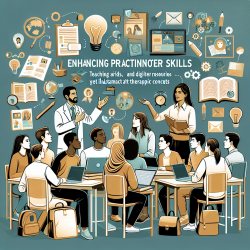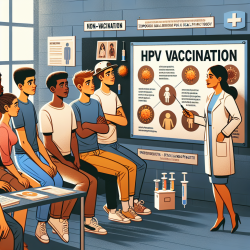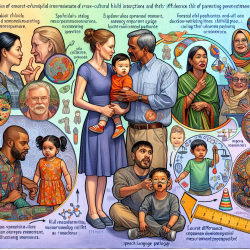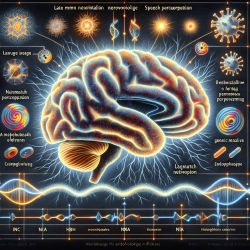Introduction
The educational landscape for underserved, first-generation, low-income minority students often presents significant challenges. These students frequently lack the knowledge and resources necessary to navigate the college application process and succeed in higher education. However, programs like Soar have demonstrated significant success in bridging this gap, as highlighted in the research article "Educational attainment for at-risk high school students: closing the gap" by Karen Miner-Romanoff.
The Soar Program: A Model for Success
The Soar program, a Northeastern university-sponsored initiative, offers a comprehensive two-year mentorship model for first-generation high school juniors and seniors. This program has been pivotal in helping students complete college applications and prepare for higher educational success. The program's success is evident in the 205 college acceptances received by its participants from 96 different institutions.
Key Components of the Soar Program
- Mentorship: The program emphasizes high-quality mentoring, fostering trust and closeness between mentors and mentees. This relationship is crucial for building students' confidence and self-advocacy skills.
- Skill Development: Soar focuses on developing both cognitive and non-cognitive skills, including critical thinking, financial literacy, and communication. These skills are essential for students to navigate the college application process and succeed in higher education.
- Community Support: The program cultivates a supportive community, involving mentors, teachers, and peers, which reinforces students' motivation and goal pursuit.
Implications for Practitioners
Practitioners in the field of education can draw valuable insights from the Soar program. By implementing similar mentorship models and focusing on holistic skill development, educators can better support at-risk students in achieving their educational goals. Furthermore, practitioners are encouraged to conduct further research and adapt these strategies to their specific contexts to maximize student success.
Conclusion
The Soar program serves as a compelling example of how targeted interventions can significantly impact the educational trajectories of underserved students. By fostering mentorship, skill development, and community support, practitioners can play a crucial role in closing the educational attainment gap for at-risk high school students.
To read the original research paper, please follow this link: Educational attainment for at-risk high school students: closing the gap.










